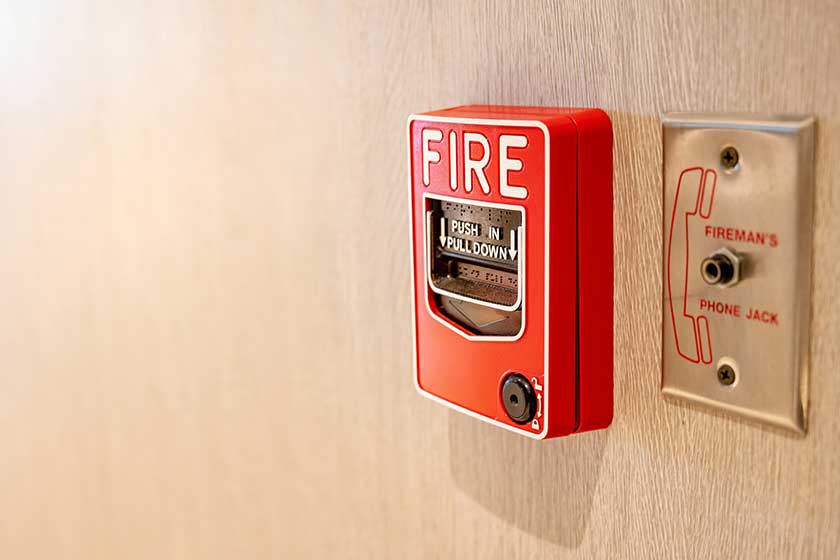Fire safety and emergency preparedness are paramount considerations in ensuring the safety and well-being of residents within a senior living community. Given the unique challenges and vulnerabilities faced by older adults, proactive measures must be in place to mitigate fire risks and respond effectively to emergencies.
Understanding Fire Risks in a Senior Living Community
Retirement communities are unique environments with a diverse population of residents, each with varying levels of mobility and health conditions. These factors contribute to specific fire risks that must be carefully assessed and addressed.
Cooking activities in communal kitchenettes, electrical appliances in individual suites, heating systems during colder months and smoking habits among residents are common sources of fire hazards. Additionally, the presence of medical equipment and medications requires special consideration in fire safety planning.
Importance of Fire Safety Training and Education
Effective fire safety training is vital for both team members and residents in retirement communities. Team members need comprehensive training on fire prevention strategies, detection of potential hazards, operation of firefighting equipment and protocols for assisting residents during evacuations.
Similarly, residents should receive education on fire safety practices, emergency evacuation routes, locations of fire extinguishers and procedures for alerting authorities in case of a fire. Training sessions should be conducted regularly to reinforce safety protocols and ensure readiness for emergencies.
Implementing Fire Prevention Measures
Preventing fires is a primary goal in retirement communities. This involves regular maintenance and inspection of electrical systems, appliances and heating equipment to identify and address potential hazards promptly. Installing and maintaining smoke detectors, fire alarms and sprinkler systems are critical components of fire prevention.
Team members should enforce safe cooking practices, such as monitoring stovetops, using timers and keeping flammable materials away from heat sources. Fire drills and simulations should be conducted regularly to familiarize residents and team with evacuation procedures and emergency protocols.
Developing Comprehensive Emergency Response Plans
A well-developed emergency response plan is essential for effectively managing fire emergencies in a senior living community. The plan should outline roles and responsibilities of team members, evacuation procedures for residents with mobility challenges, communication protocols with local fire departments and strategies for coordinating with emergency services. It should also address the specific needs of residents with disabilities or medical conditions, including provisions for evacuating those who require assistance or specialized equipment.
Ensuring Accessibility and Communication
Accessibility and clear communication are paramount during fire emergencies. Retirement communities should have accessible emergency exits, evacuation routes that accommodate mobility devices like wheelchairs and walkers and visual aids such as clear signage and illuminated exit signs.
Effective communication systems, such as emergency alert systems, intercoms and visual alarms, ensure that residents and teams receive timely notifications and instructions during emergencies. Team members should be trained to communicate calmly and clearly, providing reassurance and guidance to residents throughout the evacuation process.
Collaboration with Emergency Services
Collaborating with local fire departments and emergency services is essential for enhancing emergency preparedness in retirement communities. Establishing relationships with emergency responders, participating in joint training exercises and sharing information about the community’s layout and resident needs facilitate a coordinated response to fire emergencies. Team members should be familiar with local emergency protocols and maintain open communication channels with first responders to ensure a swift and effective response.
Empowering Residents to Take Action
Empowering residents to take proactive measures in fire safety is crucial for their safety, health and well-being. This includes educating residents on fire safety practices in senior living programs, conducting fire drills and training sessions and encouraging them to participate actively in emergency preparedness initiatives.
Residents should be familiar with the location of fire extinguishers, emergency exits and assembly points during evacuations. Providing residents with emergency preparedness kits containing essentials like flashlights, batteries, first aid supplies and emergency contact information enhances their readiness to respond to emergencies effectively.







